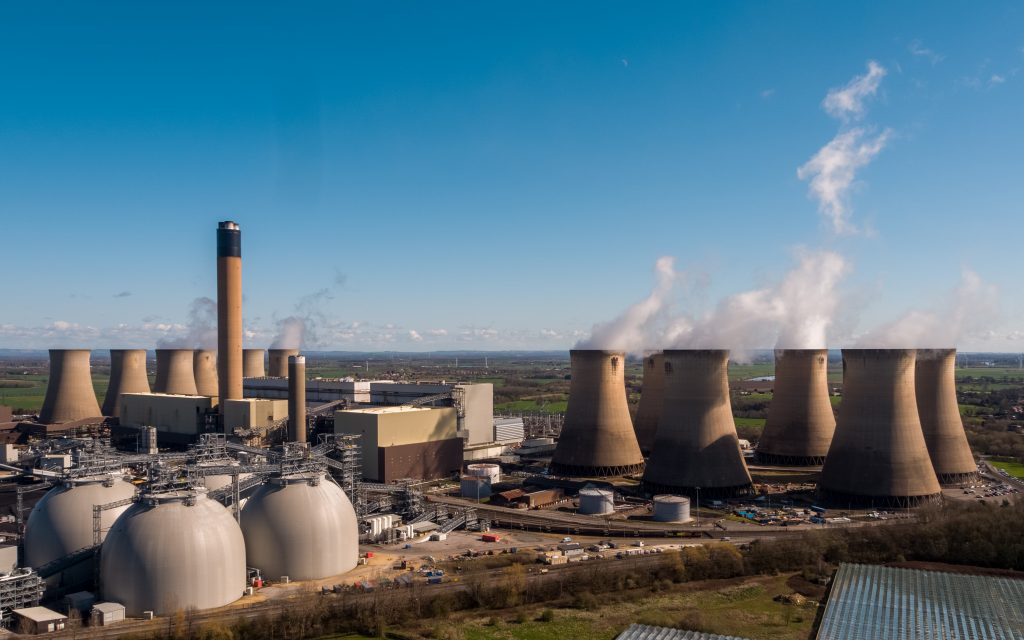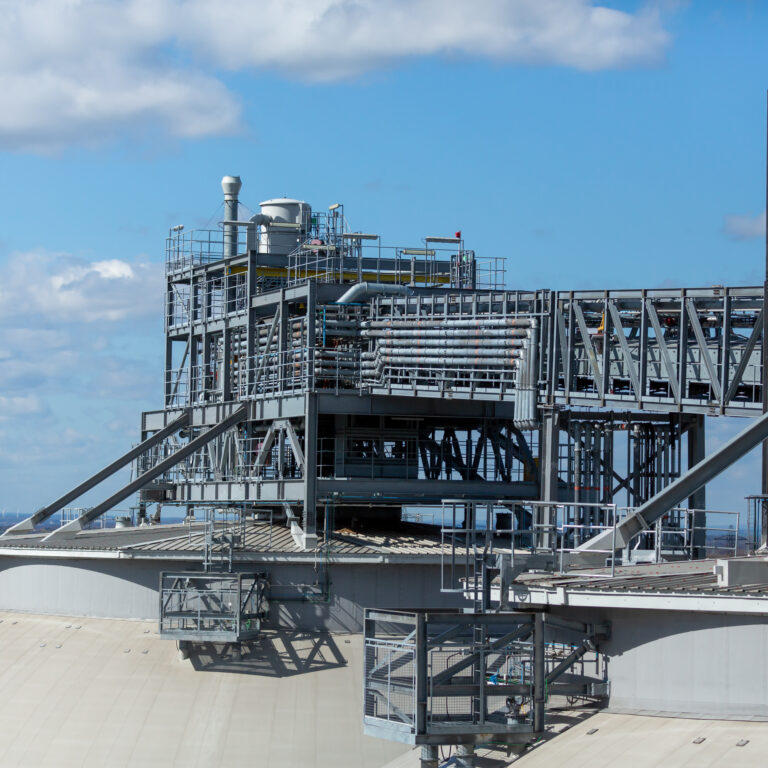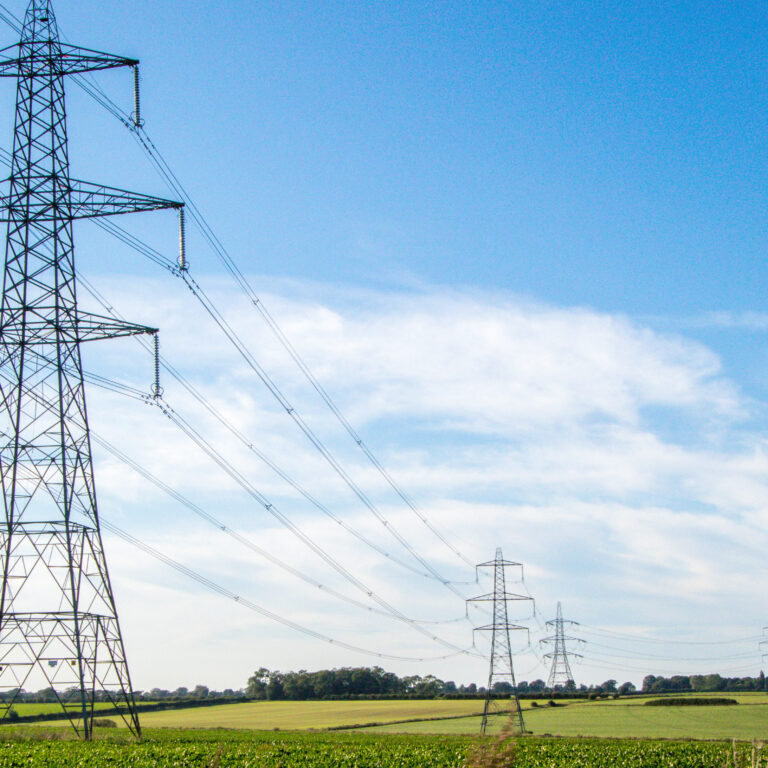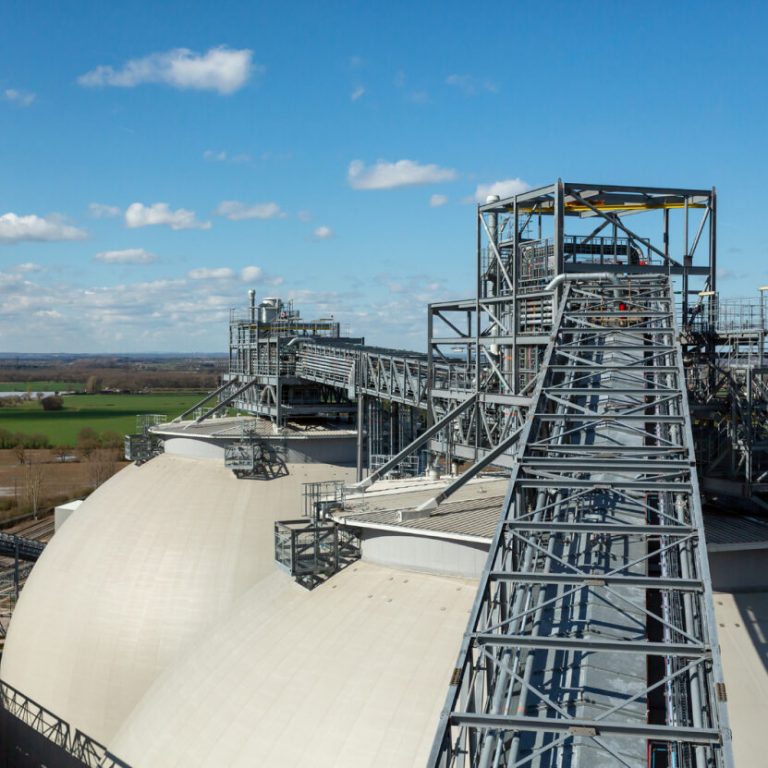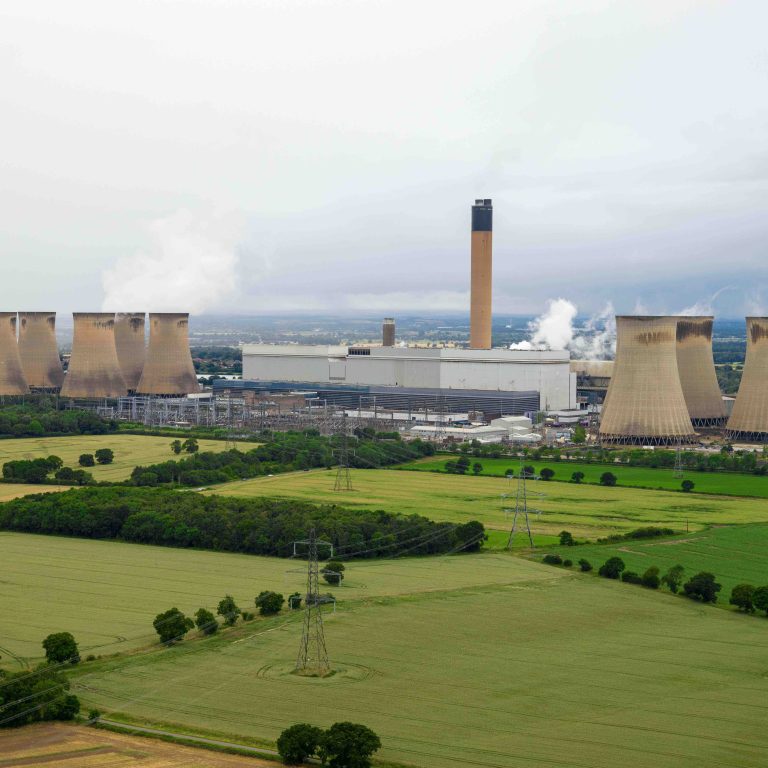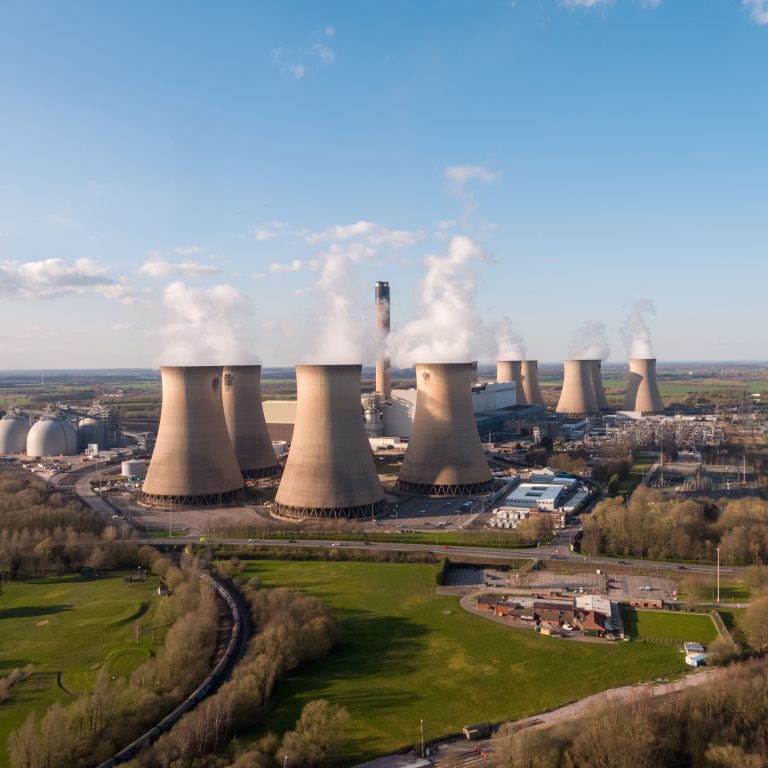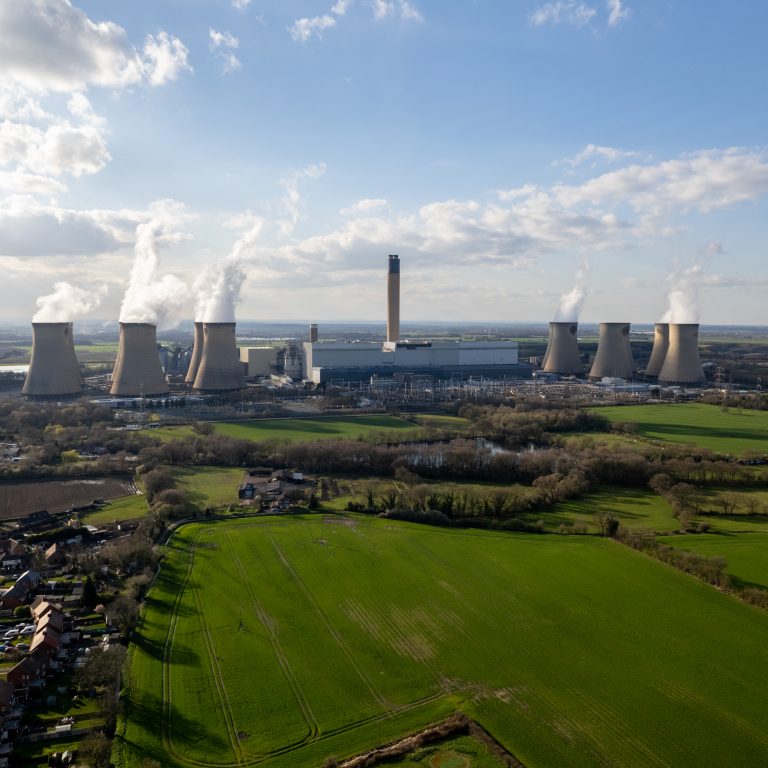New research by leading consultancy, Oxford Economics, The Economic Impact of Drax Power Station in the UK, demonstrates the key role the power station plays in the economies of Selby and Ainsty, Yorkshire and the Humber and the UK.
The report, utilising data from 2021, shows that the North Yorkshire site, including its supply chain, contributed £735m to UK GDP. It also supported 7,130 jobs across the country and delivered a total contribution of £154m in taxes to the UK.
The research also found that in the constituency of Selby and Ainsty, 901 people were directly employed by the power station, a further 290 jobs were supported and it contributed £278m to local GDP.
Across Yorkshire and the Humber, the combined impact of Drax Power Station was £358m with 2,580 jobs supported.
The power station is the largest dispatchable renewable power station in the UK and across its four biomass units it can supply enough power for the equivalent of five million homes. In March this year, almost 50 years of coal generation ended at Drax Power Station.
Between October 2021 and 2022, Drax Group generated 11% of the UK’s renewable electricity. In addition, the business produced on average 19% of the UK’s renewables at times of peak demand and up to 70% on certain days.
Richard Gwilliam, Chair of the Humber Energy Board and UK BECCS Programme Director at Drax Group, said:
“This research underscores the critical role that Drax Power Station plays regionally and nationally. In Yorkshire and the Humber, our power station has created thousands of jobs and contributed hundreds of millions of pounds to its GDP while helping maintain energy security.
“We have been generating power at our North Yorkshire site for nearly 50 years and, providing we get the right support from the UK Government for our bioenergy with carbon capture and storage (BECCS) plans, we could be doing the same for another 50.”
James Bedford, Senior Economist, Oxford Economics, said:
“Our research demonstrates the significant contribution that Drax Power Station makes to the UK economy and Yorkshire and the Humber.
“In 2021, it supported a £358 million contribution to GDP in the region and over 2,500 jobs. Much of this was within the constituency of Selby and Ainsty, where it supported a £278 million contribution to GDP, equivalent to 12% of the local economy.”
BECCS is the only technology that can deliver reliable, secure and renewable power while permanently removing carbon dioxide from the atmosphere.
Providing Drax gets the right support from the UK Government, the company plans to build two BECCS units at Drax Power Station by 2030 which could remove 8Mt of CO2 from the atmosphere per year.
The development of BECCS at the Selby power station could see up to 10,000 jobs created and supported at the project’s peak, help maintain energy security and help meet the UK’s legally binding Net Zero targets.
Read the full report here: https://www.drax.com/wp-content/uploads/2023/07/Drax_UK_Power_Station_.pdf
ENDS
Notes to Editors:
Media contacts:
Andy Low
Media Manager
E: [email protected]
T: 07841 068 415
About Drax:
Drax Group’s purpose is to enable a zero carbon, lower cost energy future and in 2019 announced a world-leading ambition to be carbon negative by 2030, using bioenergy with carbon capture and storage (BECCS) technology.
Drax’s around 3,000 employees operate across three principal areas of activity – electricity generation, electricity sales to business customers and compressed wood pellet production and supply to third parties. For more information visit www.drax.com
Power generation:
Drax owns and operates a portfolio of renewable electricity generation assets in England and Scotland. The assets include the UK’s largest power station, based at Selby, North Yorkshire, which supplies five percent of the country’s electricity needs.
Having converted Drax Power Station to use sustainable biomass instead of coal it has become the UK’s biggest renewable power generator and the largest decarbonisation project in Europe. It is also where Drax is piloting the groundbreaking negative emissions technology BECCS within its CCUS (Carbon Capture Utilisation and Storage) Incubation Area.
Its pumped storage, hydro and energy from waste assets in Scotland include Cruachan Power Station – a flexible pumped storage facility within the hollowed-out mountain Ben Cruachan.
The Group also aims to build on its BECCS innovation at Drax Power Station with a target to deliver 4 million tonnes of negative CO2 emissions each year from new-build BECCS outside of the UK by 2030 and is currently developing models for North American and European markets.
Pellet production and supply:
The Group has 18 operational pellet plants and developments with nameplate production capacity of around 5 million tonnes a year.
Drax is targeting 8 million tonnes of production capacity by 2030, which will require the development of over 3 million tonnes of new biomass pellet production capacity. The pellets are produced using materials sourced from sustainably managed working forests and are supplied to third party customers in Europe and Asia for the generation of renewable power.
Drax’s pellet plants supply biomass used at its own power station in North Yorkshire, England to generate flexible, renewable power for the UK’s homes and businesses, and also to customers in Europe and Asia.
Customers:
Drax supplies renewable electricity to UK businesses, offering a range of energy-related services including energy optimisation, as well as electric vehicle strategy and management.
To find out more go to the website www.energy.drax.com








